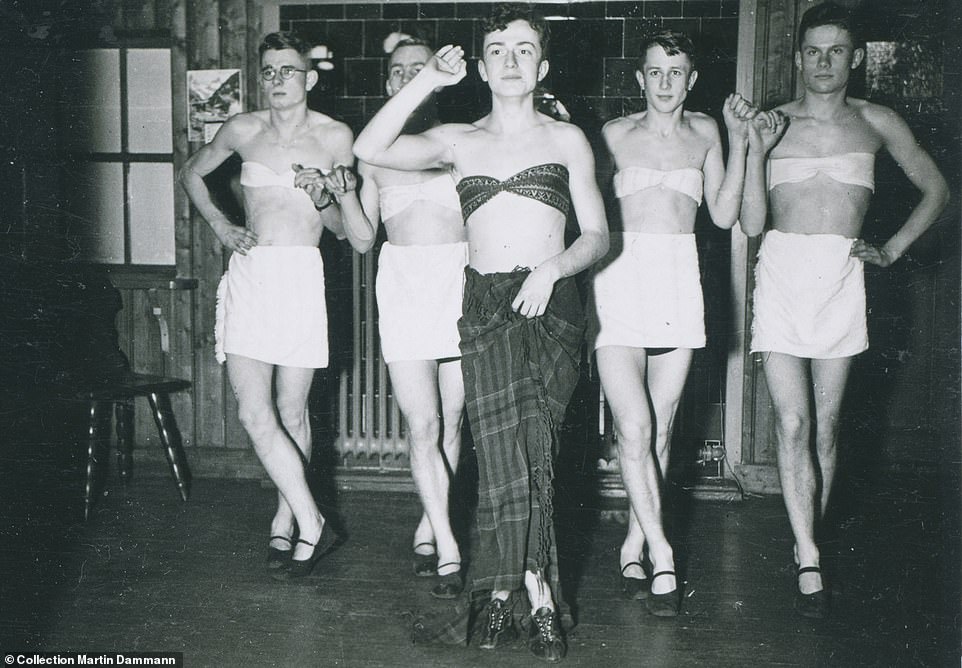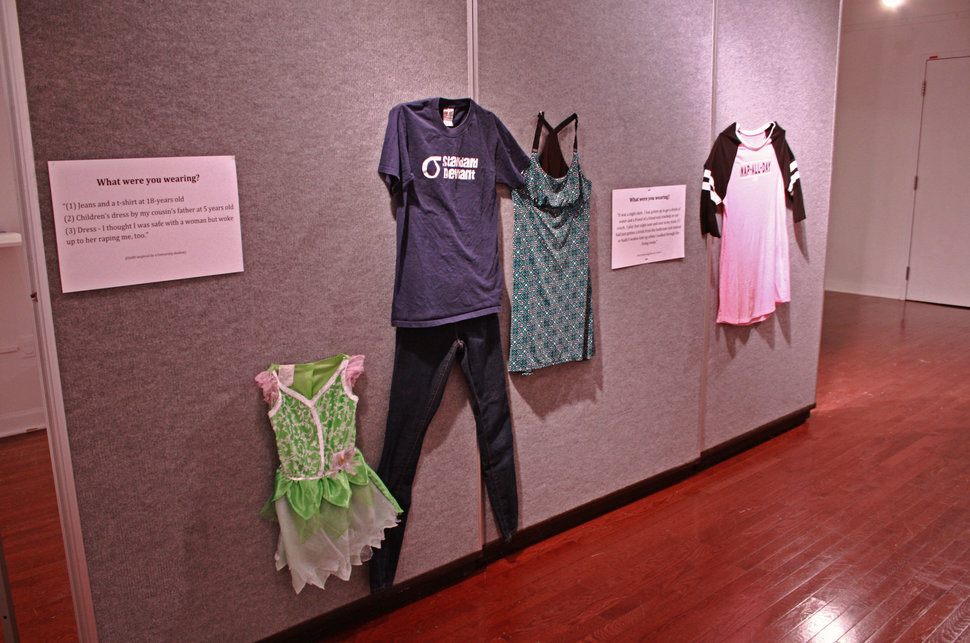The long forgotten Teddy Boy subculture began in London during the initial rise of Rock N’ Roll, in the early 1950s. The style involved an Edwardian Drape Jacket, similar to post-war American zoot suits, and tapered trousers. This subculture marks the first group to differentiate themselves as teenagers, creating a unique youth culture made up of mostly working class citizens. The style became infamous when Teddy Boys began to riot whenever the film Elephant and Castle aired- the first time being in London in 1956. The press also often exaggerated gangs formed by Teds, especially in the novel Teddy Boy by Ernest Ryman, which dramatized attacks on the West Indian Community. Therefore, this youth subculture ended up being seen as somewhat intimidating and threatening.
Although today their dress would appear to be conservative, and even depict intelligent, in the 1950s it served to shock parents and media throughout Europe. Although their style was the same as the Teddy Boys, and although they were also working class, the Teddy Girls were considerably less idolized than the Teddy Boys due to traditional gender roles. The women’s role was in the home, and if they did work, they were known to make much less money per hour than men. In fact, most Teddy Girls left school by age 14 or 15. Nevertheless, Teddy Girls continued to buy their second-hand Edwardian outfits. For girls, this often included “drape jackets, pencil skirts, hobble skirts, long plaits, rolled-up jeans, flat shoes, tailored jackets with velvet collars, straw boater hats, cameo brooches, espadrilles, coolie hats and long, elegant clutch bags” (https://en.wikipedia.org/wiki/Teddy_Boy).
The Teddy Girls became well known after they were photographed by Ken Russel, and were published in a magazine in 1955. According to Russel, “They were tough, these kids, they’d been born in the war years and food rationing only ended in about 1954 – a year before I took these pictures. They were proud. They knew their worth. They just wore what they wore”. The reason the Teddy Girls became infamous is because of their androgynous appearance. Gender roles were very set and strict during the 1950s, and the Teddy Girls style of dress seemed to reject traditional gender roles altogether. The Teddy Girl gangs represented a sense independence and style that was considered rebellious.
Although the most common, petty crime of the Teddy Boys and Girls was bootlegging, the media got the best of this subculture. By the 1960s, new music and youth cultures blossomed, while the Ted style was slowly becoming more obsolete. This is largely due to the growing restrictions on where they could spend their time, as many public places began to create signs reading “No Edwardian Dress”. The Teddy Boys and Girls serve as a prime example of how anything different, even a style of clothing, is very quickly pointed out and rejected by society. Because youth are in the midst of learning and testing this fact, they are usually the ones to test the boundaries of fashion and what is considered attractive. The Teddy Girls actively tested traditional gender roles through their dress, but were quickly scorned and put down by their elders.
#subculture #teddy #fashion







